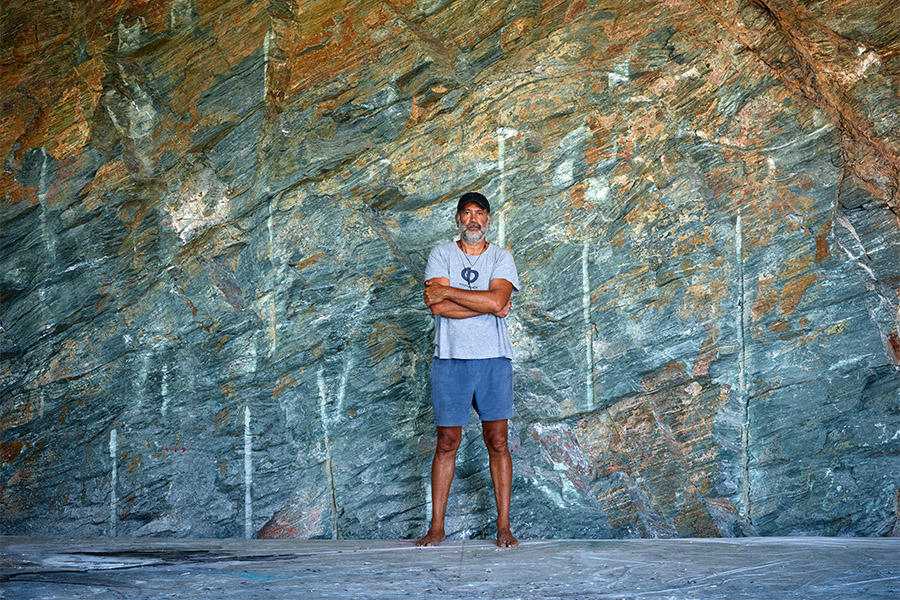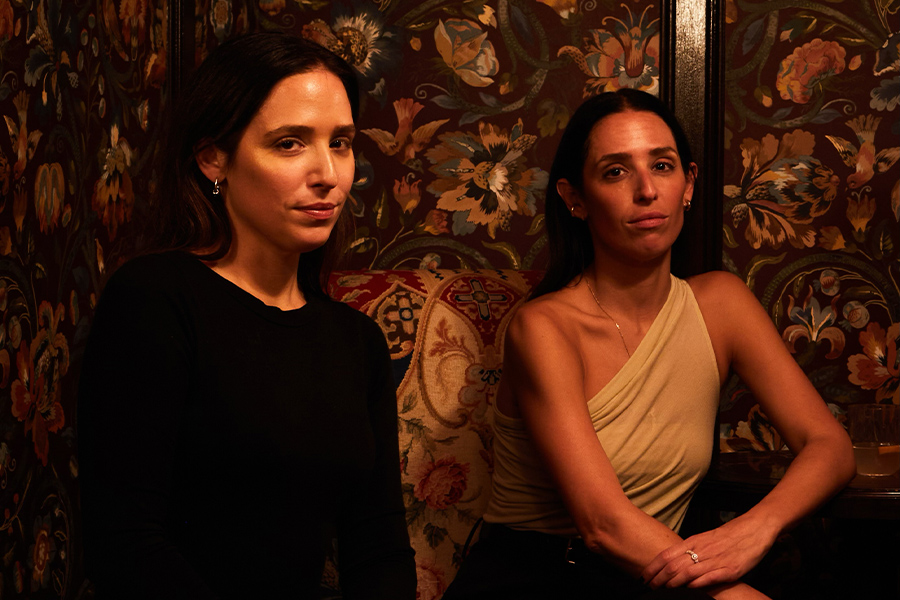In the five years since hospitality veteran Alessandro Munge launched Studio Munge (rebranded from Munge Leung), the firm has jumped to 62 employees at its Toronto headquarters, plus a few more at a satellite office in Shanghai. “The company has grown organically,” he says, “but I’ve always had as much of a business mind as a design mind. I’ve been very strategic in monitoring what goes on in the industry and looking at those movements as an opportunity, whether I choose to follow them or not.”

Most important for Munge has been to carve his own path and play on his, and his staff’s, strengths. For example, he’s made a deliberate choice not to incorporate specific practices, such as lighting or rendering, in-house. “Spreading the load is a better strategy,” he says. “It might cost more, but it allows us to remain tight.”
Besides collaborating with independent vendors for those kinds of tasks, Munge is excited about more closely partnering with both big hotel brands and independent ones like the William Vale in Brooklyn, which the studio completed a few years ago. “Clients are bringing us in at the infancy of the project—for everything from the leasing agreement to the selection of chefs,” he says. “In Dubai, where we’re working on a Mandarin Oriental, the client partnered us with the architect to carve out interior volumes so we could help program the hotel from the beginning, rather than just being told where the restaurant and lobby were going to be.”

There’s so much talent today, he points out. “Once a space is done and you pick a wall cover and install furniture, that’s great. But with everyone knocking [interior design] out of the park, you have to think about how you can really stand out.”
Photos: Michael Stavaridis and Maxime Bocken


